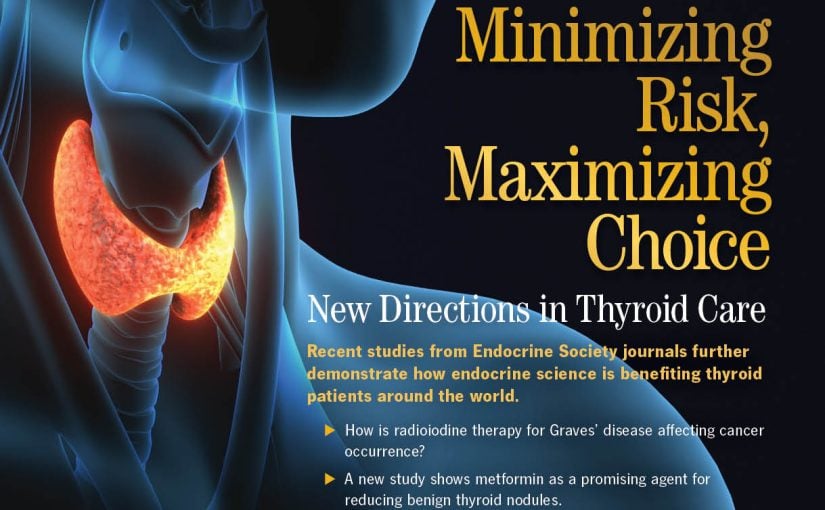Three in four patients say telehealth quality of care is similar to in-person visits
Two-thirds of patients with chronic endocrine health problems who need close monitoring say they would like to continue with telemedicine follow-up visits after the COVID-19 pandemic ends, according to a survey presented virtually at ENDO 2021. Three-quarters of providers also said they want to continue with telehealth after the pandemic.
“Endocrinology clinics have significant number of patients who need long-term close follow-up for medication adjustments, symptom checks and counseling,” says lead researcher Maryam Nemati, MD, of San Joaquin General Hospital in French Camp, Calif. “Our survey found most patients felt that quality of telehealth visits both via video and phone were like in-person visits, and telemedicine is less expensive and timesaving. However, our providers felt that phone visits lack a physical examination component and therefore preferred video visits to phone visits. Given these survey results, telemedicine — particularly video visits — can be incorporated as part of follow-up visits after the COVID crisis ends.”
Nemati wanted to evaluate patient and provider satisfaction with telehealth visits, which were initiated in 2020 to decrease COVID-19 transmission. The survey included 109 patients who had a telehealth endocrinology visit via video or phone call from January 2020 to May 2020. They were asked about the benefits and limitations of telehealth visits compared with in-person visits. Providers were also surveyed, and the researchers analyzed the patient no-show rate for six weeks before and after telehealth visits were implemented.
Among the patients surveyed:
- 65% said they would like to continue with telemedicine after the pandemic
- 77% stated the quality of care with telemedicine, both video and phone visits, are almost the same as an in-person visit.
- 45% said they liked spending less time with a telehealth visit
- 54% said the duration of the visit itself was about the same
- 54% believed they spent less money with telemedicine
- 90% said all their questions and concerns were addressed
- 37% reported no connectivity issues
- 25% reported technical difficulty
Among providers:
- 75% wanted to continue with telehealth after the pandemic
- 50% reported patient satisfaction as a benefit of the telemedicine
- 25% reported that telemedicine saves time
- 46% of the providers mentioned lack of physical exam
- 40% mentioned connection issues as the limitation for video visit
- 60% believed lack of physical exam is the limitation of phone visit
- 75% believed the quality of care is similar in video and in person visits
- 87% of the providers believe the quality of care is better with in-person visits than phone visits
The no-show rate decreased from 30% to 27% after the implementation of telehealth visits, the researchers found.
“Telehealth can be more efficient for both patients and providers, but there are challenges with connectivity issues, particularly for patients and community hospitals in rural areas like our hospital.” Nemati says. “These issues need to be addressed, possibly through collaborations with local government and insurance companies.”

